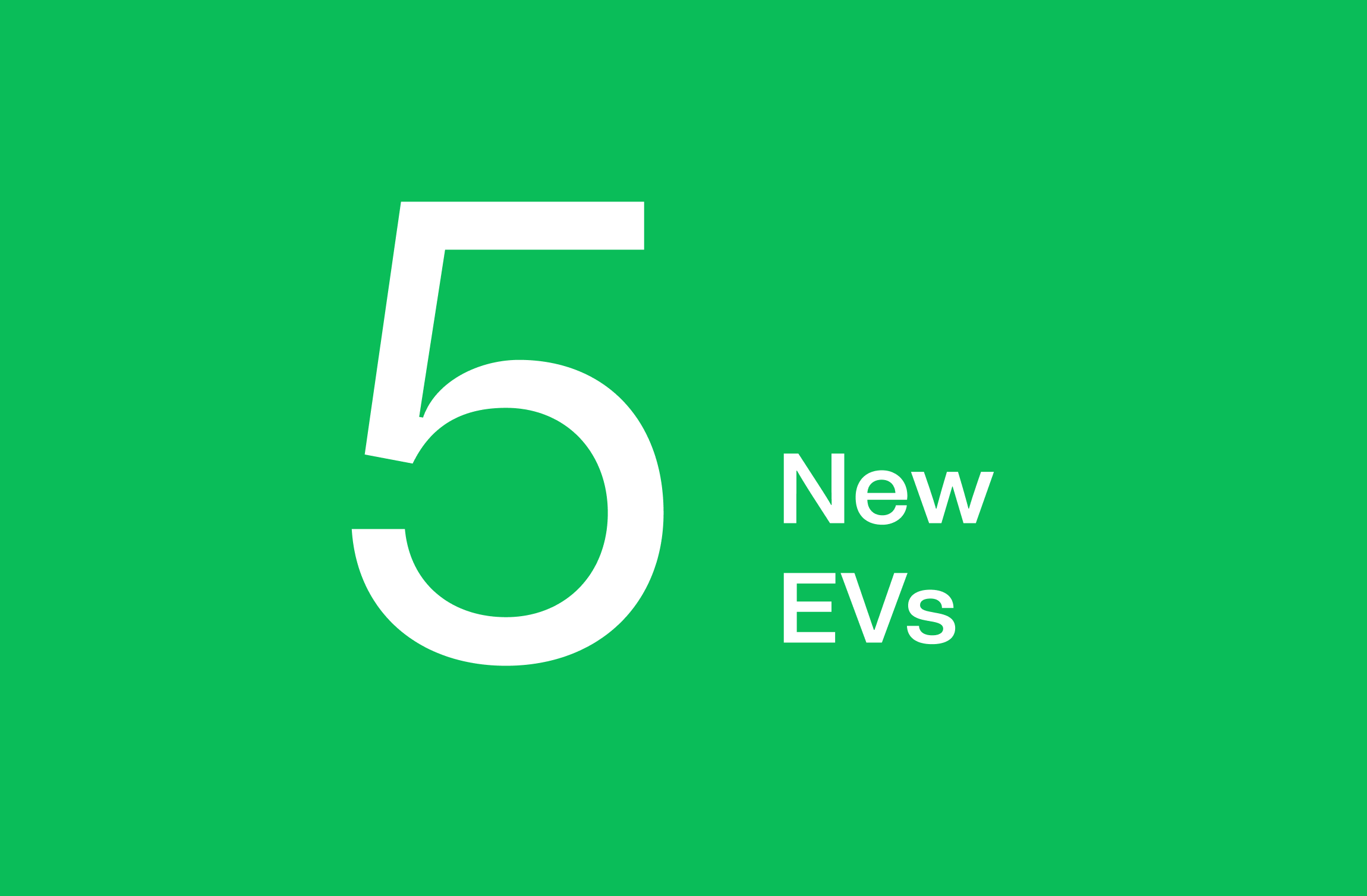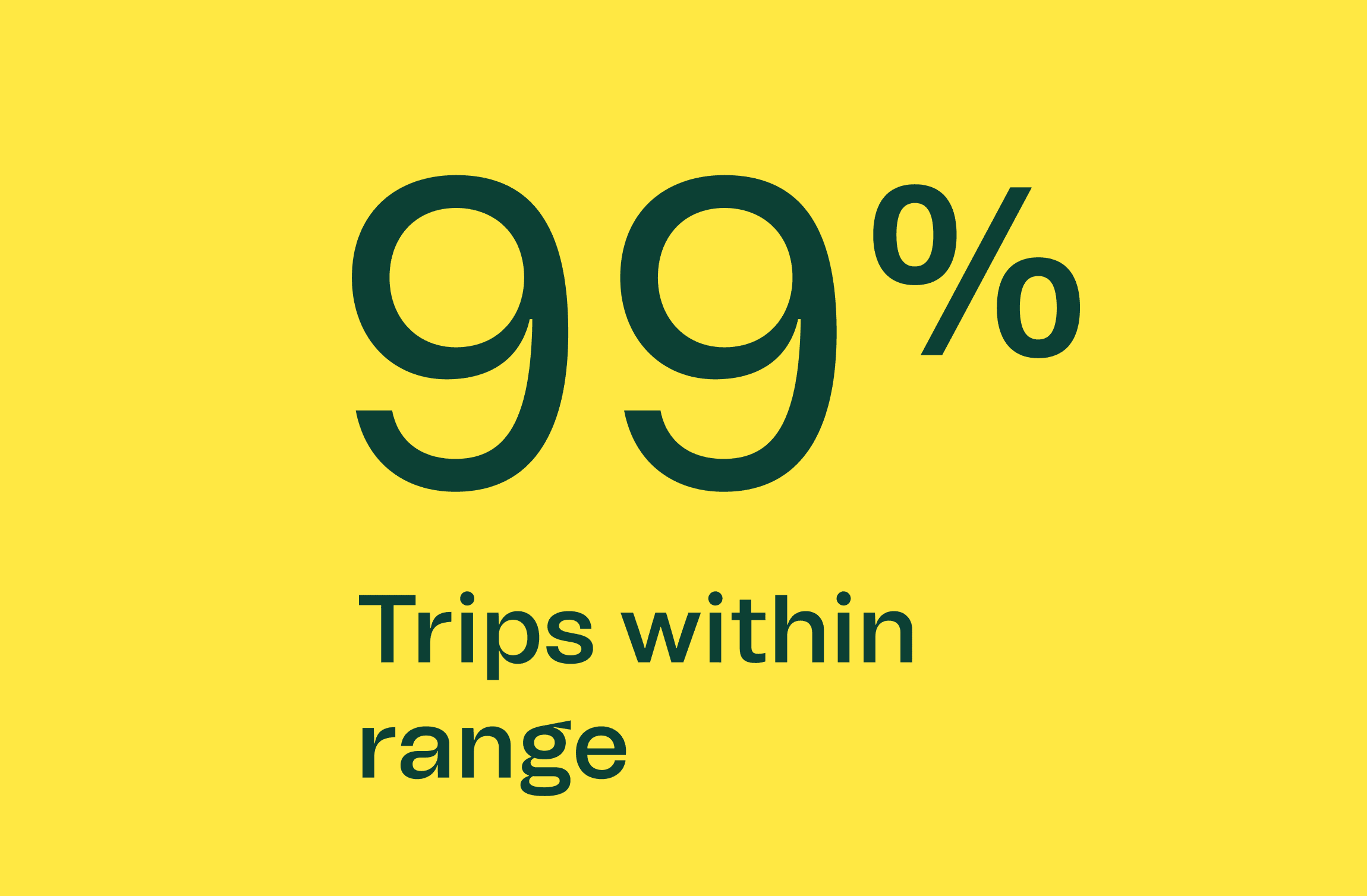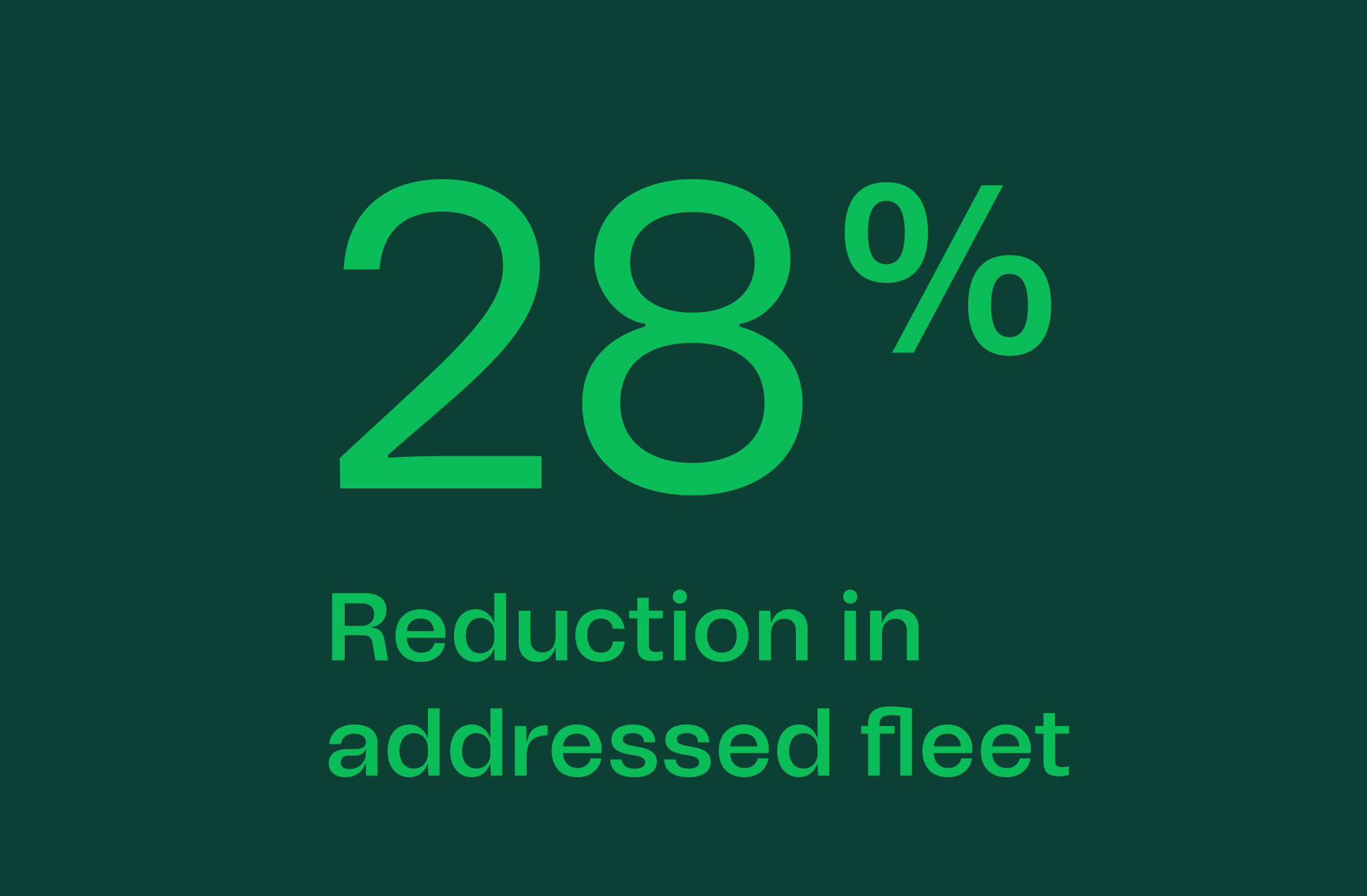Getting WEL switched-on to Electric Vehicles
What was the issue?
WEL Networks is an energy network company delivering innovative energy solutions that allow the communities they work in to thrive. They’ve been an important part of the Waikato for over 100 years, and play an essential role in the area. From new technology to energy smarts, WEL are a switched-on company that’s obsessed with finding a better way.
As part of this mission, WEL wanted to show (rather than merely talk about) leadership in the sustainability space – by lowering their carbon footprint and encouraging others to think about their energy use. Transitioning to Electric Vehicles (EVs) then, was a practical way to test their own capabilities, get processes into place, and turn these into best practice.
A roadmap to replacement
WEL had a total of 113 vehicles of all ages and types from city runarounds to 4WDs. So it made sense to introduce a phased approach to replace older ICE vehicles with EVs. This is an ongoing process, where older vehicles will be replaced at the end of their useful life.
WEL Hyundai Kona EV charging
What was the result?
WEL replaced seven internal combustion vehicles with five environmentally-friendly Hyundai Kona EVs. By reducing WEL’s fleet size, it didn’t just reduce the environmental cost but shifted the company mindset to shared fleets – seamlessly and quickly.
Price and range capability were front of mind, and the Kona was chosen thanks to its range capability (an impressive 484km) which covered 99% of all daily trips.
Charged and ready
For vehicle charging, we recommended WEL install two free standing Etrel AC chargers, each with two 3 phase sockets – creating 4 charging connectors. A dynamic load control system was also installed to ensure the chargers never exceed power limits if other non-charging loads are introduced.
To future proof the set-up, connections, switch gear and cabling were designed to build-in additional capacity in future.
With all of the vehicles located onsite, and with the typical usage patterns quite short, the vehicles usually only need around an hour of charging time to be full for the next day – or overnight if a full charge was needed.
By explaining the changes to staff, and getting early buy-in, WEL’s team are now fully on board to a brighter business future.
WEL Hyundai Kona EV charging
Where the rubber hits the road…
So far, the short-term results have delighted WEL – although in fairness, there were no real surprises anticipated. That’s because our upfront analysis on site electrical capacity and vehicle utilisation patterns before the installation, meant the infrastructure, charging capacity, and reliability have all performed extremely well. WEL continues to monitor these results, especially due to irregular driving patterns due to COVID.
Given the success of the trial, WEL have plans to purchase another round of EV’s, and will continually review the capacity and upgrading required for charging infrastructure around their office and depot sites.
Proof that when it comes to experience in the EV space, WEL can now truly say they’ve been there and done that – and are set to enjoy their EV journey for many years yet.







